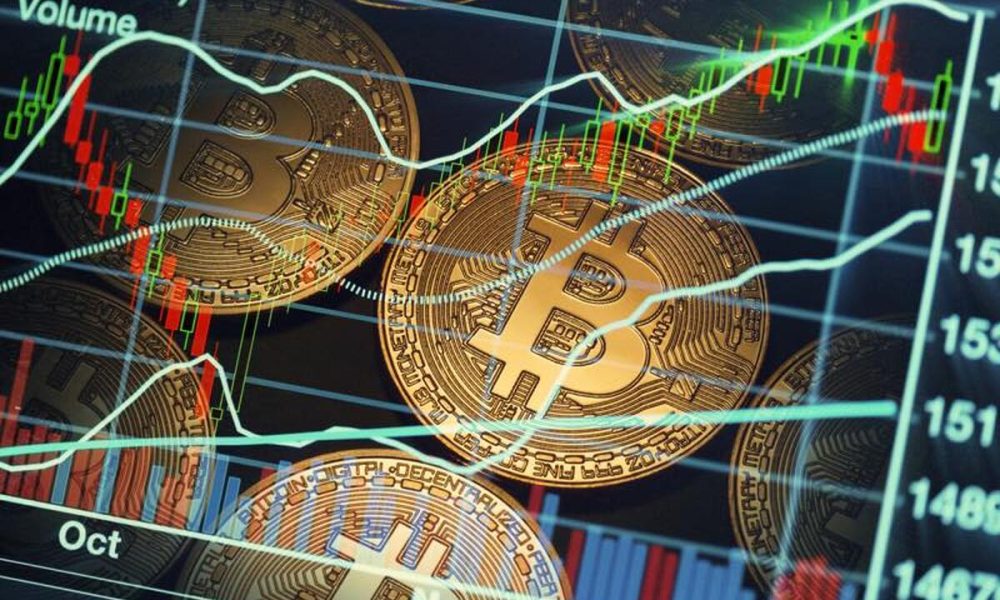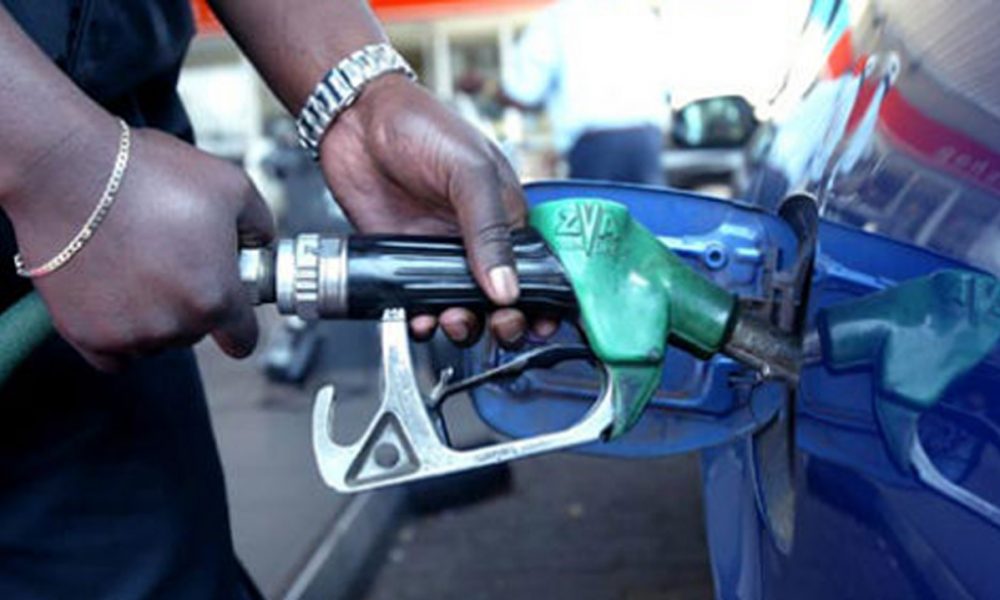Understanding the Black Market Dollar-to-Naira Exchange Rate
Get the latest black market exchange rate for October 28th, 2024. You can swap your dollars for naira at these rates.
What’s the Dollar-to-Naira Rate Today?
Black Market Dollar-to-Naira Exchange Rate: October 28th, 2024
According to Bureau De Change sources, Lagos parallel market players are buying dollars for N1740 and selling at N1746.
Remember that the Central Bank of Nigeria does not recognize the parallel market, as they prefer individuals to engage in foreign exchange through their respective banks.
Dollar-to-Naira Black Market Rate Today
| Dollar to Naira (USD to NGN) | Black Market Exchange Rate Today |
|---|---|
| Buying Rate | N1740 |
| Selling Rate | N1746 |
Dollar-to-Naira CBN Rate Today
| Dollar to Naira (USD to NGN) | CBN Rate Today |
|---|---|
| Buying Rate | N1636 |
| Selling Rate | N1637 |
Important Note
The exchange rates you buy or sell foreign exchange may vary, as prices can fluctuate.
Airtel Africa reported a revenue decline to $2.37 billion for the half-year period ending September 30, 2024. The significant depreciation of the Nigerian naira contributed to this decline.
Constant currency revenue experienced a 19.9 percent increase, but the reported revenue decreased by 9.7 percent due to the weakened naira’s impact on the company’s earnings.
The Central Bank of Nigeria’s decision to unify the foreign exchange rate led to a dramatic fall in the naira’s value, plummeting from ₦471/$ to ₦1,601.20 by October 2024.
The financial report for this period also showed that escalating fuel prices in operational regions and a reduced revenue contribution from Nigeria following the devaluation resulted in a decline in EBITDA margins from 49.6 percent in H1 2024 to 45.8 percent.
Airtel Africa’s profit after tax stood at $79 million, negatively impacted by $151 million in derivative and foreign exchange losses (net of tax), largely due to the further depreciation of the naira.
During this period, Airtel Africa’s customer base expanded by 6.1 percent, reaching 156.6 million, while data consumption per customer surged by 30.9 percent to 6.6 GB. Smartphone penetration also increased by 5.3 percent, achieving a level of 42.9 percent.



